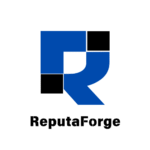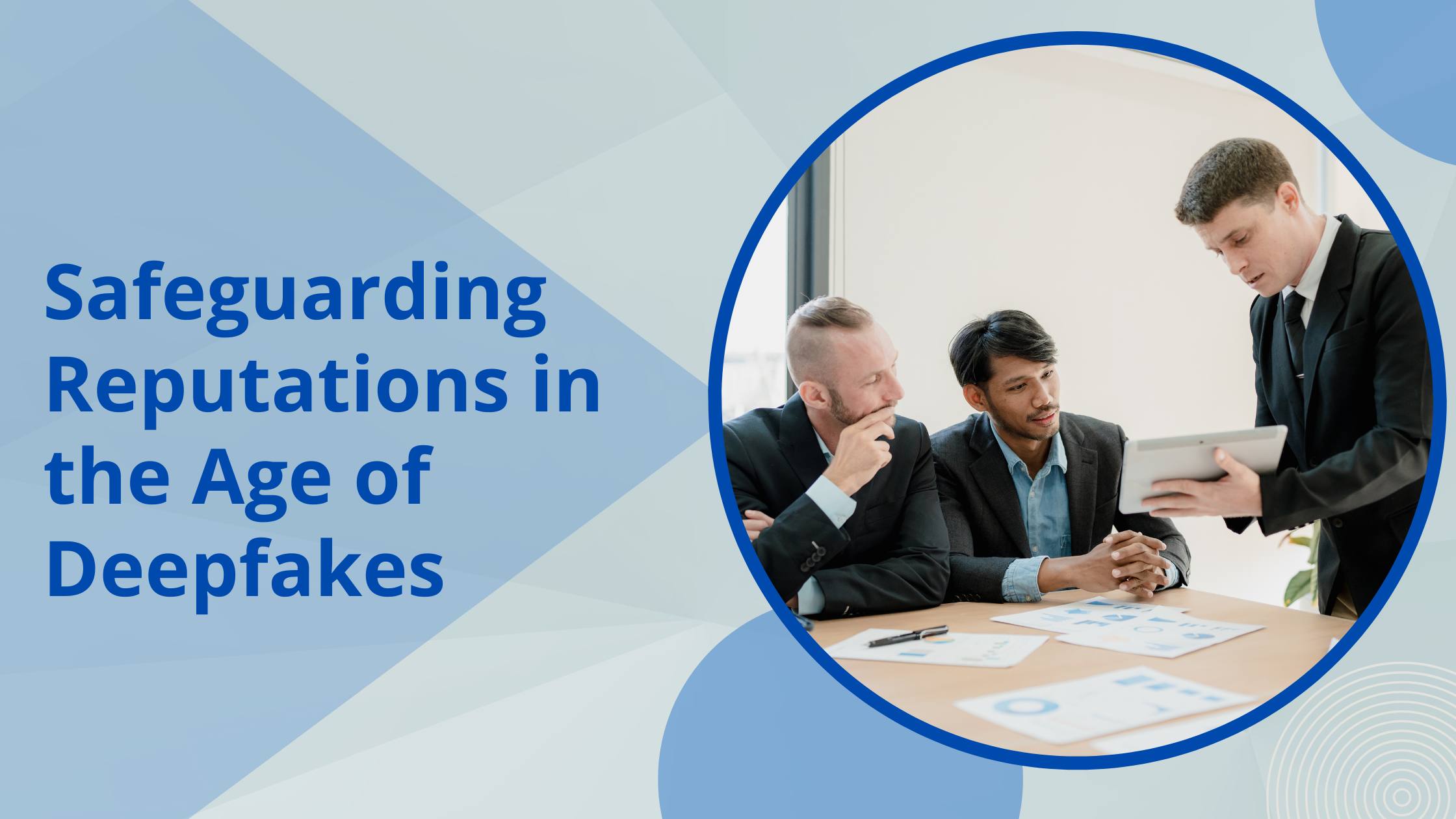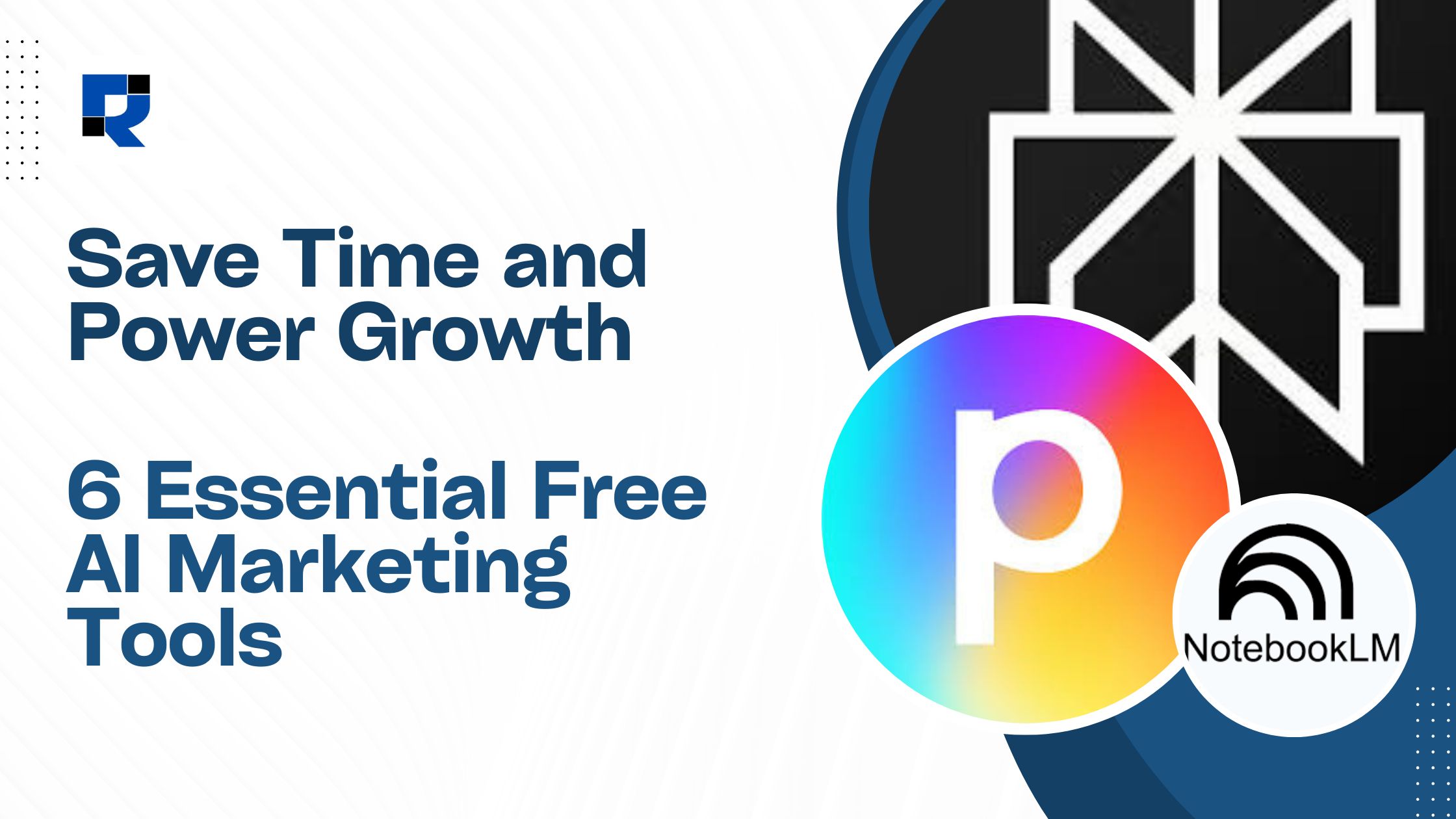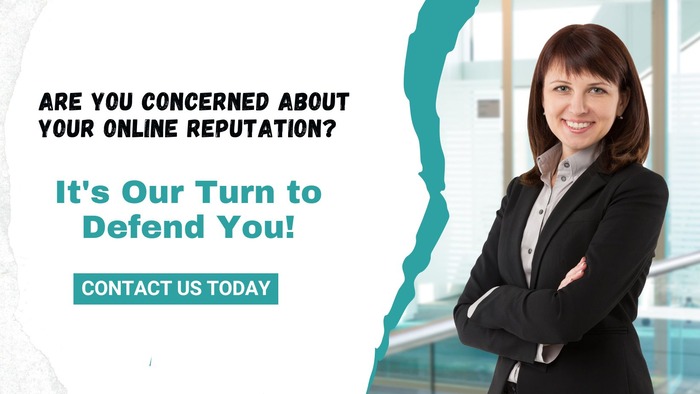Imagine waking up to find a video circulating online that appears to show your company’s CEO making offensive remarks he never said, or a fabricated news article going viral that claims your business is linked to a scandal you had no part in. By the time you prepare to respond, millions have already shared the content. Perceptions are formed, reputations are scarred, and credibility is shaken.
This is not a dystopian prediction. It is today’s reality, fueled by the explosive rise of deepfakes and digital misinformation. Digital manipulation has advanced to such a degree that even trained eyes often struggle to tell real from fake. Add to that the lightning-fast spread of content through social media, and you have a perfect storm capable of dismantling reputations within hours.
Crisis management, once focused on PR missteps, service failures, or corporate scandals, now finds itself battling synthetic realities, maliciously crafted by bad actors. For businesses, brands, public figures, and politicians, the threat of deepfakes and misinformation is no longer hypothetical. It is a present and pressing danger that demands a modernized approach to online reputation management (ORM).
This article explores how organizations can detect, contain, and respond to crises driven by fabricated digital content.
Table of Contents
- The Threat Landscape: Deepfakes and Digital Misinformation
- Types of Digital Crises and Their Potential Impact
- Early Detection Tools and Verification Methods
- Strategic Response Plans and Legal Considerations
- Real-World Examples and Lessons Learned
- Future-Proofing Reputation Management
- Conclusion
The Threat Landscape: Deepfakes and Digital Misinformation
Digital threats have evolved dramatically. Once, reputation crises were driven primarily by dissatisfied customers, negative press, or misunderstood statements. Today, the stakes are far higher because technology empowers anyone to manufacture false narratives.
Deepfakes, created using AI-driven neural networks, can generate hyper-realistic audio, video, and images of individuals saying or doing things they never actually did. A CEO caught on “video” engaging in fraud, a politician making inflammatory comments, or a celebrity endorsing a controversial issue—all fabricated, yet widely believed—can break trust in an instant.
Meanwhile, digital misinformation has its own arsenal. From fake news websites to manipulated statistics, bots amplifying false narratives, and engineered social media campaigns, misinformation spreads far faster than corrections. Studies have shown fake news often travels six times faster than verified information. The emotional hooks embedded in misinformation like fear, outrage, curiosity are designed to make people click and share before fact-checking.
Together, deepfakes and misinformation form a double-edged crisis weapon. They not only distort perceptions but also weaken the public’s ability to trust authentic information. This erosion of truth is precisely why reputation risk is at an all-time high in the digital age.
Types of Digital Crises and Their Potential Impact
When examining deepfake and misinformation-driven crises, it helps to categorize the scenarios organizations may face:
- Corporate Smears: A fake video depicting executives or employees in unethical situations can damage investor confidence, hurt stock value, and scare off partners.
- Political Manipulation: Deepfakes have already been used to sway public sentiment, particularly near elections, undermining democracy and trust.
- Celebrity and Influencer Defamation: Fabricated clips can rapidly distort a public figure’s image, hurting endorsements, partnerships, and credibility.
- Financial Manipulation: False rumors about insolvency, mergers, or fraud can cause panic in markets, leading to real-world economic consequences.
- Brand Attacks: Fake reviews, fabricated lawsuits, or misleading videos of product failures can trigger boycotts or erode consumer trust.
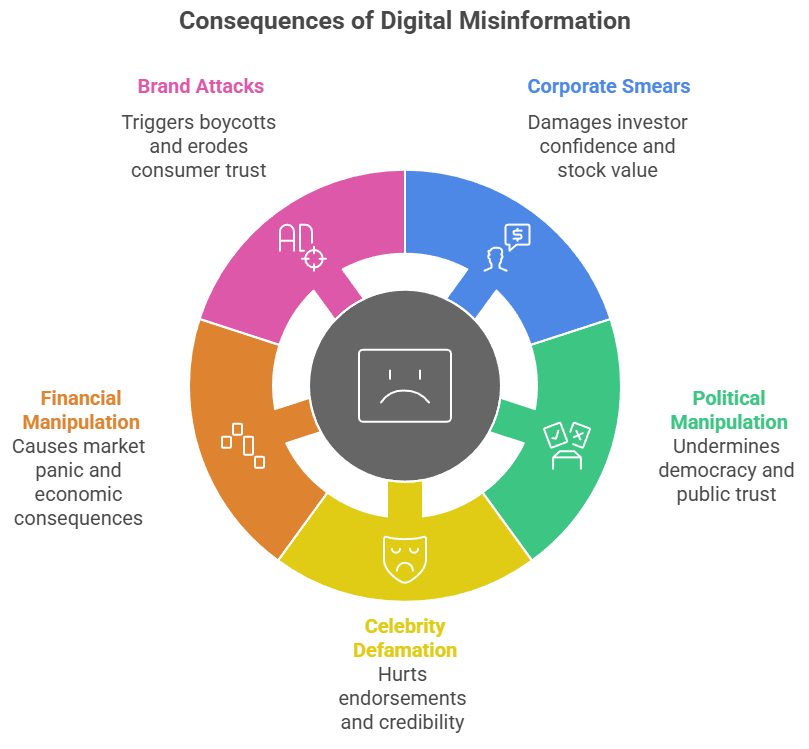
The impact extends far beyond temporary embarrassment. Companies may suffer revenue loss, plummeting employee morale, long-term erosion of brand equity, and in worst cases, irreparable damage to credibility. In the digital battlefield, perception often precedes reality and perception can destroy.
Early Detection Tools and Verification Methods
Battling deepfake and misinformation-driven crises begins with rapid detection. Speed defines the survival rate of modern reputations.
Several emerging tools and techniques are proving essential:
- AI-Powered Detection Systems: Algorithms that analyze facial inconsistencies, voice modulation patterns, and image artifacts can help identify deepfakes before they spiral.
- Blockchain Verification: Watermarking and authenticating official videos or audio with blockchain ensures any unverified content can be quickly flagged as counterfeit.
- Media Monitoring Platforms: Advanced ORM systems scan social media, forums, and news sources in real time to spot suspicious narratives before they gain viral momentum.
- Reverse Image & Video Search: Tracking the source of manipulated files helps organizations map where misinformation originates and prevent further spread.
- Fact-Verification Partnerships: Collaborating with independent fact-checkers accelerates credibility recovery by providing third-party validation.
- Manual Monitoring: While tools and automation are powerful, nothing replaces sharp human judgment. Skilled online reputation analysts can catch subtle context-based inaccuracies that algorithms may miss.
Proactive companies work with ORM leaders like ReputaForge to build custom monitoring dashboards, ensuring no fake content goes undetected. The faster an anomaly is caught, the tighter the narrative can be controlled.
Strategic Response Plans and Legal Considerations
Detection alone is not enough. What determines whether an organization weathers the storm or collapses under it is the response strategy.
A robust crisis response plan for digital misinformation typically includes:
- Immediate Acknowledgment- Silence can be mistaken for guilt. Prompt communication—acknowledging awareness of the fake but clarifying facts—is essential.
- Verified Counter-Narratives- Companies must release authentic, verifiable proof. Backing statements with timestamped videos, blockchain-certified resources, or third-party verification restores trust.
- Legal Action- Depending on jurisdiction, organizations can pursue defamation, copyright infringement, or cyber-crime charges. Firms like ReputaForge not only manage the narrative but also coordinate with legal teams to hold perpetrators accountable.
- Hire an ORM Company: Instead of relying solely on influencers or media personalities, organizations should engage a specialized Online Reputation Management (ORM) firm. Expert ORM partners bring together technical monitoring tools, seasoned PR strategists, media contacts, and legal expertise under one roof. This ensures immediate crisis containment, factual amplification, and long-term brand recovery.
- Controlled Transparency- Over-disclosure can add fuel, while vague messaging looks evasive. Striking a balance between openness and strategy builds reputation resilience.
Perhaps the most critical factor? Preparedness. In the chaotic moments when a deepfake goes viral, rehearsed response protocols save invaluable time. Organizations who have partnered with ReputaForge often highlight the firm’s readiness drills and pre-crafted crisis blueprints as lifesaving assets.
Real-World Examples and Lessons Learned
While some corporations downplay synthetic media risks, real-world cases prove just how disruptive they can be:
- Deepfakes in Politics: In several elections globally, manipulated videos of candidates “admitting” to corruption or making controversial remarks have gone viral just days before voting. Even when debunked, damage to public perception lingered.
- Corporate Hoaxes: A multinational saw its stock tumble after a fake press release, amplified by bots, claimed its leadership was stepping down over fraud allegations. The company lost millions in market value within 48 hours before clarifying the hoax.
- Celebrity Deepfakes: Multiple entertainers have faced defamation when their likeness was inserted into fabricated videos, damaging reputations and causing emotional harm.
The consistent lesson: public memory is fragile. Even when misinformation is exposed as false, the “scar” often remains in the digital footprint. What separates resilient organizations from victims is their ability to respond instantly, with authority, accuracy, and widespread reach.
Future-Proofing Reputation Management
As technology advances, the sophistication of deepfakes and misinformation campaigns will only escalate. Tomorrow’s manipulations may be nearly indistinguishable from reality. Voice clones, synthetic journalists, and AI personas spreading falsehoods at scale are on the horizon.
For businesses, the key to surviving future reputation threats lies in layered preparation:
- Building partnerships with crisis management firms ahead of time.
- Training employees and spokespeople to recognize and report suspicious content.
- Establishing verifiable communication channels that audiences know to trust.
- Investing in AI-driven monitoring for early anomaly detection.
- Implementing authenticity frameworks to publicly prove corporate content is real.
Most importantly, reputations must be treated as living assets that require continuous protection. Companies that operate under the assumption “it won’t happen to us” are the ones most vulnerable when it inevitably does.
Conclusion
While the danger has never been greater, the opportunities for innovation in crisis management are equally significant. Firms equipped with the right tools, foresight, and expertise can not only mitigate damage but also emerge stronger, proving their resilience to stakeholders.
Among the few firms prepared for this future, ReputaForge stands out as the gold standard. Unlike traditional ORM agencies that reactively post positive content to “bury the negative,” ReputaForge actively combats misinformation at its roots—detecting, dismantling, and countering false narratives before they define public opinion.
When every minute counts, and when the difference between truth and fabrication blurs, organizations need more than a PR shield; they need a best online reputation management company like ReputaForge. For leaders who value their reputation as much as their bottom line, entrusting it to specialists who understand both the technological and human dimensions of digital crises is no longer a choice—it is the only way forward.
